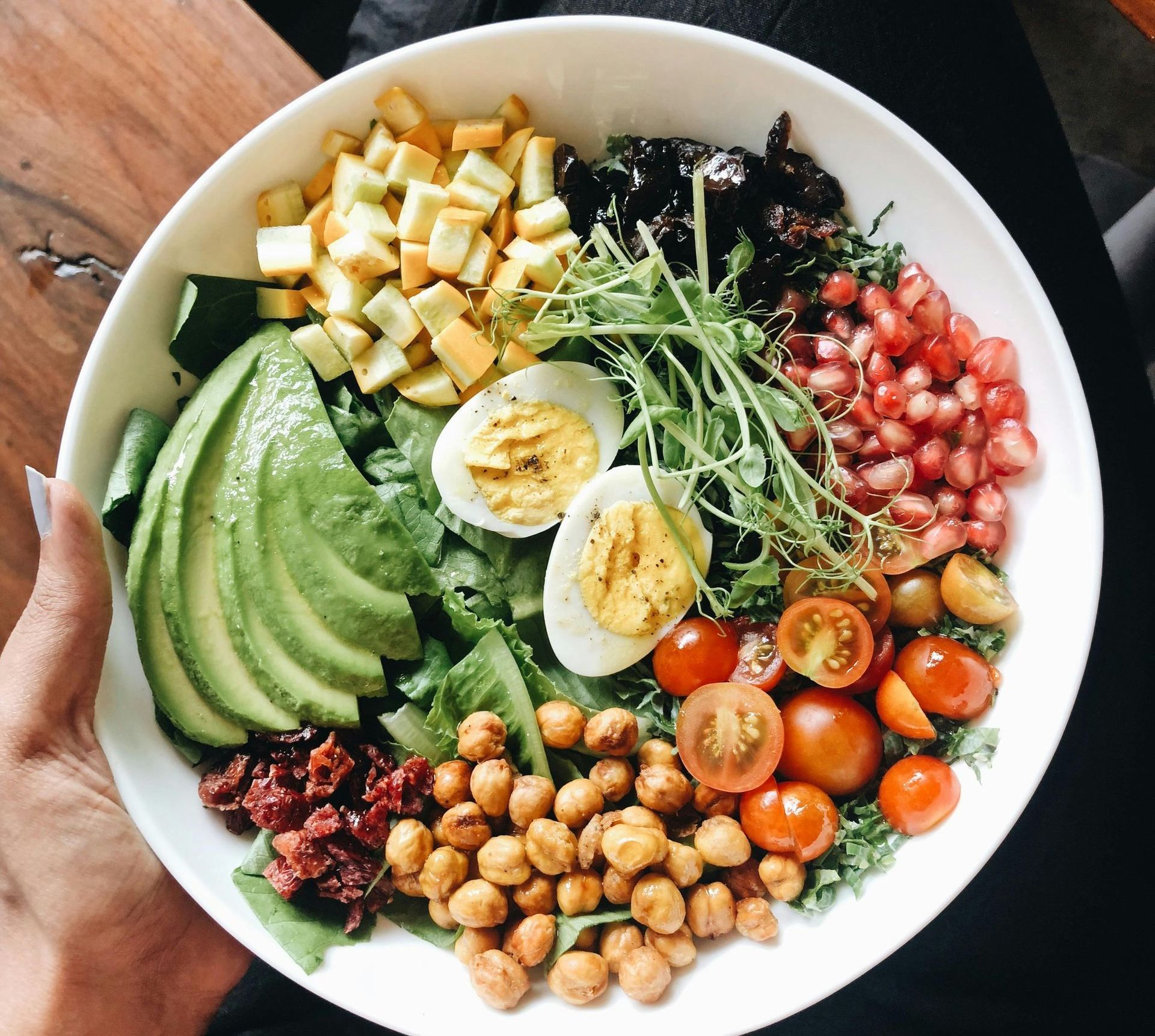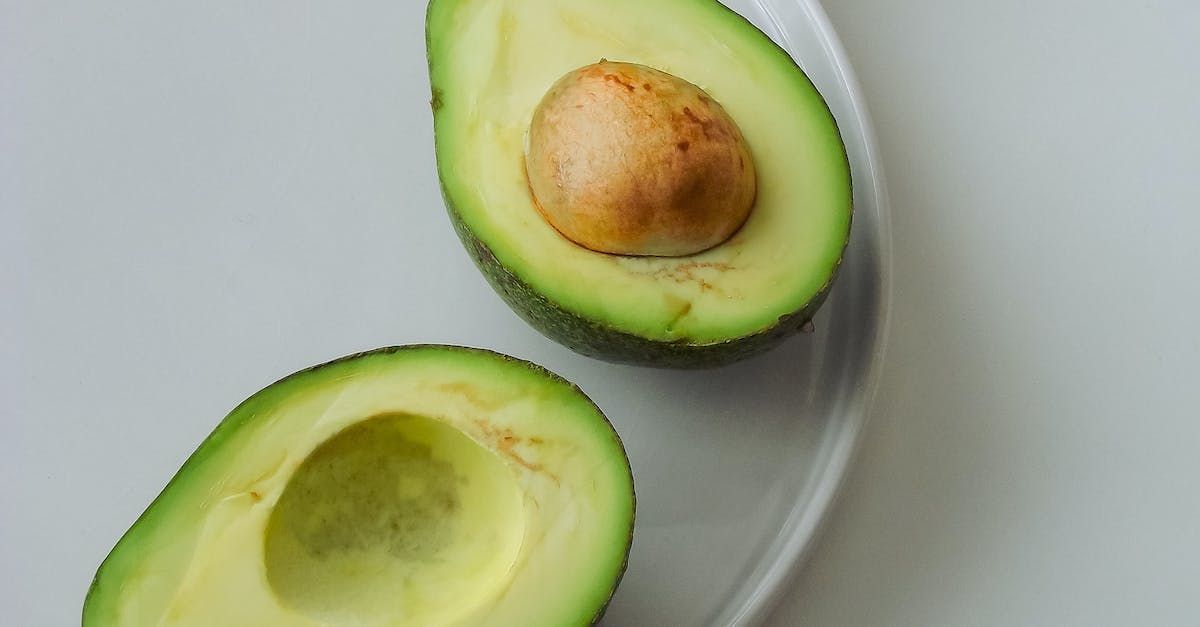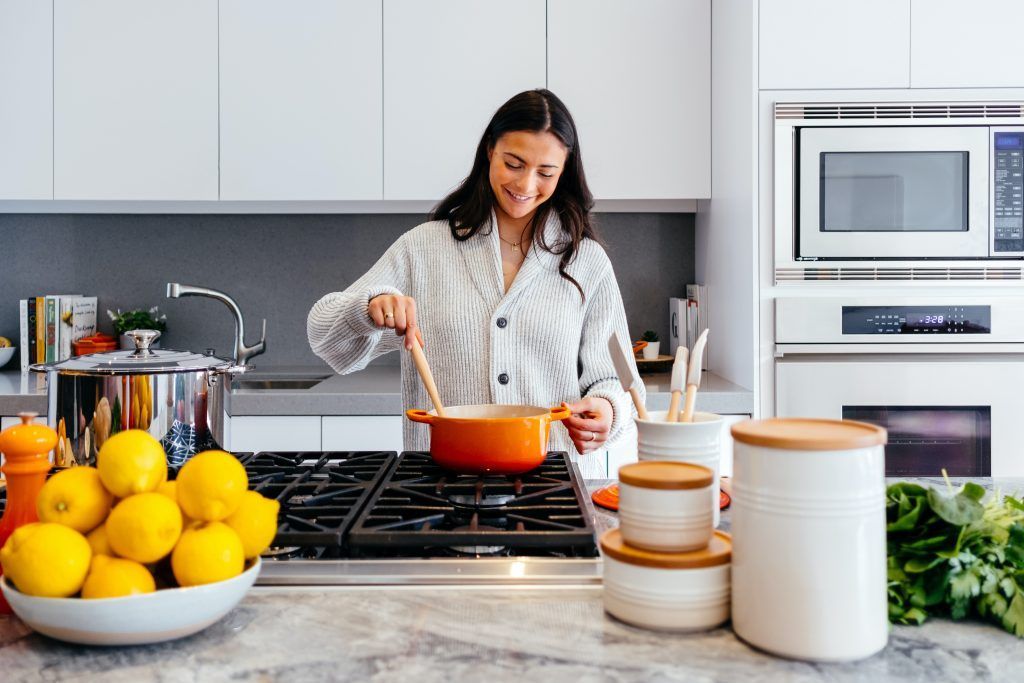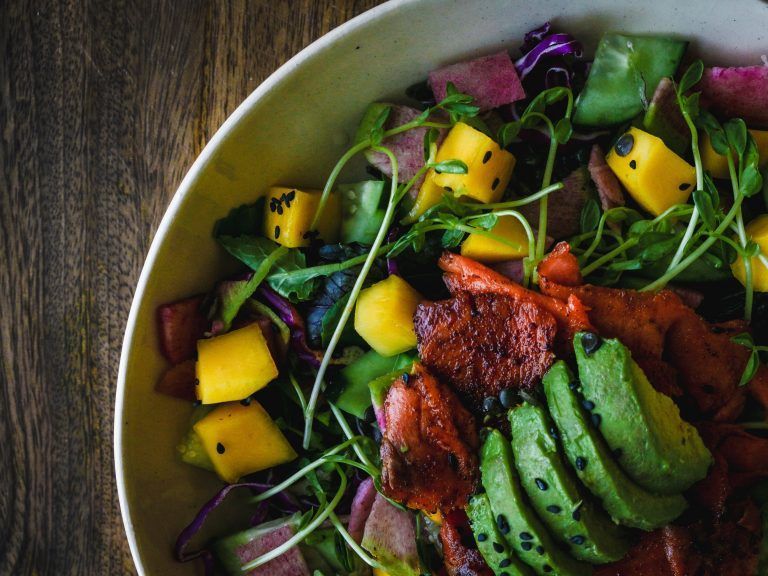14 Day No Sugar Diet with Food List: A Dietitian's Guide

14 Day No-Sugar Diet Food List
Over the past seven years of owning
my virtual practice, I've supported over 700 clients on their health journeys.
Can you guess the most common nutrition recommendation I give?
Cut back on sugar. Cut
way back.
The average American consumes 3.5 pounds of sugar every week.
What’s even crazier is a lot of that sugar isn’t coming from obvious treats like cookies and candy.
For many of my clients, sugar was hiding in foods they
thought were healthy like salad dressings, protein bars, and granola.
And just because something is organic, gluten-free, or all-natural doesn’t mean it isn’t loaded with the sweet stuff.
This’s why most people who try a no-sugar diet on their own often fail!
They think it isn't working, but in reality they're just not doing it right.
Using a no-sugar food list and meal plan designed by a Registered Dietitian is a foolproof way to ensure the diet is effective.
When you have a clear guide, it’s so much easier to stay on track and actually see the results you’re looking for.
And that's exactly why I created the
no-sugar diet challenge.
What is a No-Sugar Diet?
A no-sugar diet is more than just cutting out desserts— it’s about eliminating added sugar and scaling back on natural sugars to give your body a reset.
The diet focuses on whole, unprocessed foods and relies on natural foods like fruit and sweet vegetables for sweetness.
It has the power to reset your tastebuds, stop sugar cravings, revamp your energy and focus, and boost your metabolism.
One of the biggest perks is fast, healthy weight loss.
I’ve seen clients drop up to
15 pounds in two weeks thanks to a combination of fat loss, reduced inflammation, and less water retention.
A no-sugar diet isn’t designed to be a lifelong diet. It’s a short-term challenge designed to help you feel amazing.
Once it’s over, you’ll find it much easier to keep your sugar intake in check and maintain your results.

What Happens after 14 Days with No Sugar?
So many incredible things!
- Your taste buds reset, making healthy foods more satisfying.
- Blood sugar levels stabilize, giving you steady energy all day.
- Gut bacteria shift, so you crave healthier food naturally.
- Fewer skin breakouts and a more even skin tone (many clients say their skin “glows”).
- Most restful, uninterrupted sleep.
- Less bloating and better digestion.
- Your liver works more efficiently, enhancing detoxification.
- Your mood stabilizes thanks to healthier dopamine responses.
- Fat burning ramps up, which often results in noticeable weight loss.
What to Expect on a No-Sugar Diet
Going sugar-free for two weeks has a huge impact on your health, but it can take a little time to adjust.
Here’s what you might experience:
- Days 1-3: You might feel more intense sugar cravings and lower energy levels as your body begins to detox from sugar. Experts refer to this as “sugar withdrawal”. This adjustment period is normal and temporary.
- Days 4-6: Cravings will start to ease, and you will notice an improvement in energy and focus. Many people notice improvements in bloating and sleep at this point as well.
- Days 7-14: By this point, sugar cravings are minimal, and you’ll enjoy steady energy, better digestion with even less bloating, clearer skin, sharper mental clarity, and more.
Keeping this timeline in mind can help you push through the challenging first few days.
Once you make it over the hump, you’ll be amazed at how great how you feel!
Foods to Eat on a No-Sugar Diet
So what can you eat on a no-sugar diet?
Thankfully, a lot!
To set yourself up for success, here is a list of foods you can include during your no-sugar diet:
- High-quality proteins
- Vegetables, especially non-starchy vegetables
- Nuts and seeds
- Healthy fats
- Low-sugar fruits (in moderation)
- Whole grains
- Beans and lentils
- Fermented foods
- Herbs and spices
- Water, unsweetened tea, and coffee
Foods to avoid on a no-sugar diet:
- Added sugars (cane sugar, honey, maple syrup, brown rice syrup, agave, corn syrup, etc.)
- Sugary drinks (sodas, sweetened teas, coffee drinks, energy drinks, sport drinks, protein drinks, juices, sweetened alternative milks like almond milk, etc.)
- Artificial sweeteners (aspartame, sucralose, saccharin)
- Fast-burn carbs (processed carbs like white bread, pasta, crackers, pizza crust, flatbread, chips, pretzels, cereal, pancakes, bagels, biscuits, waffles, etc.)
- Packaged snacks with hidden sugars (granola, granola/protein bars, flavored oatmeal, yogurt, sauces, marinade, dressings, tomato sauce, frozen meals, etc.)
- Desserts, pastries, muffins, and candy
- Dried fruit
- Fruit juice
- Alcohol (beer, wine, seltzer, cocktails, etc.)
No-Sugar Diet Food List
Here is a complete list of foods to focus on during the 14 day no-sugar diet challenge.
Stick to whole, minimally processed foods (aka not from a box, bag, or other package) whenever possible to keep things simple!
I recommend aiming for less than 5 grams of added sugar daily. This gives you the flexibility to eat foods like healthy salad dressings or other products that may contain 1-2 grams of sugar.
High-quality proteins (0.8-1 g protein per lb of body weight)
- Chicken
- Turkey
- Beef
- Fish (salmon, barramundi, mahi mahi, cod, etc.)
- Shellfish (shrimp, crab, lobster, scallops, etc.)
- Wild game (deer, elk, etc.)
- Eggs
- Tofu, tempeh, and edamame
- Unsweetened Greek yogurt
- Cottage cheese
- Minimally sweetened protein powder (this is my favorite)
Starchy vegetables (up to ½ cup with meals)
- Butternut squash
- Acorn squash
- Delicata squash
- Kabocha squash
- Sweet potatoes
- White potatoes
- Yams
- Carrots
- Green peas
Healthy fats (I recommend one serving of cooking oil/fat + one other serving of fat, with meals)
- Avocados
- Olive oil
- Grass-fed ghee
- Grass-bed butter
- Avocado oil
- Coconut oil
- Olives
- Whole-fat cheese
- Unsweetened yogurt/kefir
- Grass-fed milk
Low-sugar fruits (1-2 cups daily)
- Apples
- Blueberries
- Blackberries
- Cherries
- Raspberries
- Grapefruit
- Lemons
- Limes
- Nectarines
- Oranges
- Tangerines
- Peaches
- Pears
- Plums
- Plantains
- Kiwi
- Pomegranate
- Watermelon
Drinks
- Water
- Unsweetened iced tea
- Herbal tea (click here for my favorites)
- Matcha, mixed with water or whole milk/unsweetened almond or coconut milk (click here for my favorite matcha and my easy, go-to matcha recipe)
- Coffee, black or with whole milk/unsweetened almond or coconut milk
Tips for a No-Sugar Diet
- Always read nutrition labels: Sugar is the most common added ingredient in the United States. It’s everywhere. Unfortunately, terms like “all-natural”, “organic”, or “gluten-free” mean nothing when it comes to sugar content. Always read the nutrition label to make sure a product is free of added sugars. Never assume!
- Pair carbs with fat/protein: Remember to pair slow-burn carbs like rice, sweet potatoes, and quinoa with healthy fats and protein to keep blood sugars stable.
- Pair fruit with fat/protein: Similar as above, pair fruit (which is all carbs) with fat and protein to keep blood sugars stable. Another option is to eat fruit immediately after a meal that contains fat and protein.
- Hydrate! I recommend drinking at least 60% of your body weight (in pounds) in ounces of water daily. For example, if you weigh 150 pounds, aim for at least 90 oz (150 x 0.6 = 90).
- Prepare meals at home: Cooking at home means you get to control ingredients in your meals. There may be added sugars hidden in meals out, so try to cook at home as much as you can.
- Seek other ways to boost dopamine: To reduce sugar cravings, try proven dopamine boosters like exercise, prayer, listening to music, dancing, playing with animals, face-to-face quality time with people, laughter, sauna use, and cold plunging.
- Pair up with a buddy: Having someone to share the journey with is so helpful for accountability and encouragement. Cheer each other on and share progress!


